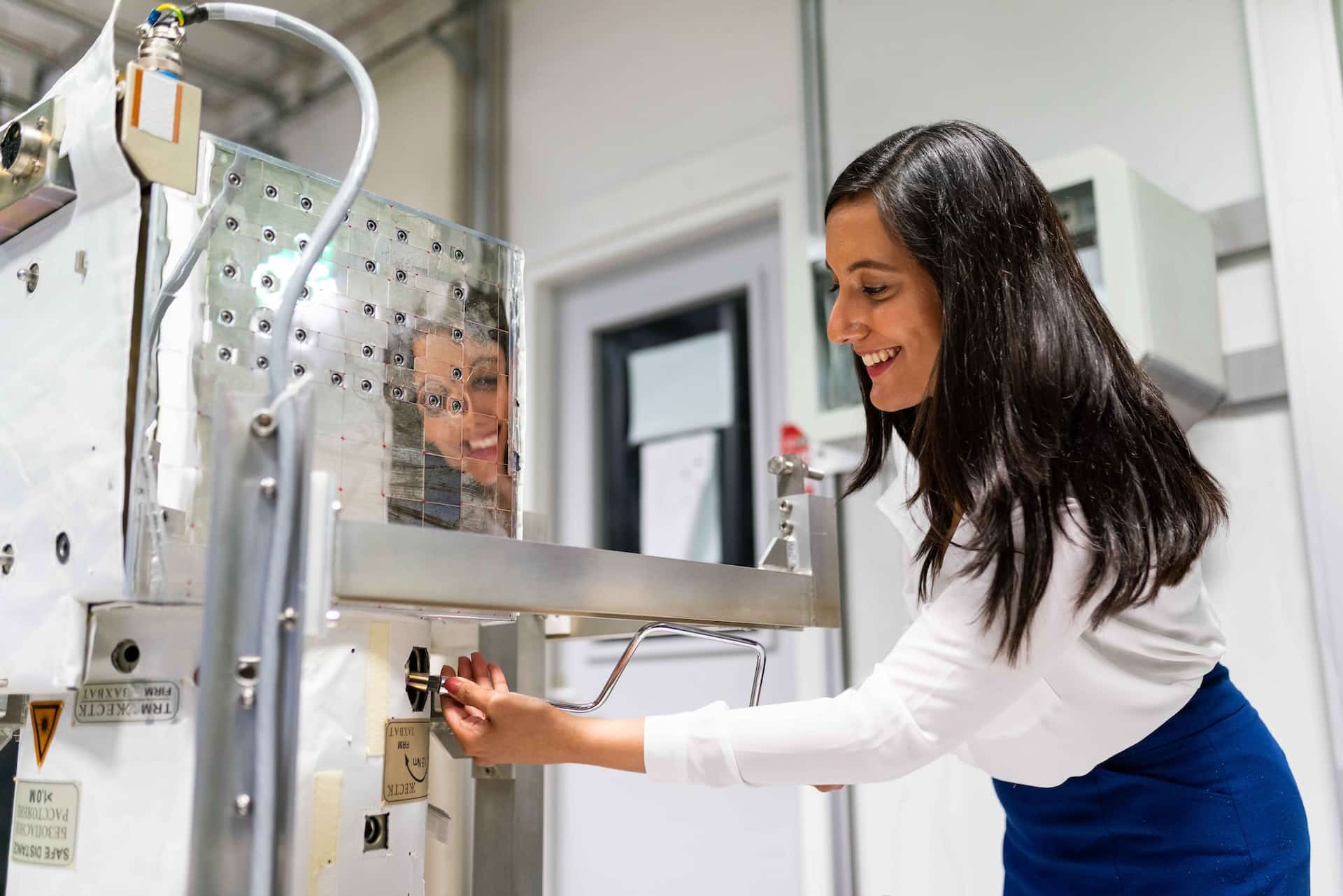International day of women and girls in science

In this page :
Around the world, there is a significant gap in science between genders for years. Whereas women have made huge progress in their participation in higher education, they remain underrepresented in these scientific categories.
Gender equality and empowerment
Gender equality has always been a major issue for CESI. Gender equality and the empowerment of women and girls are crucial to the development of their orientation.
February 11 is the International Day of Women and Girls in Science, for this opportunity, we have launched a call for testimony from our students in Lille, Arras, Caen and Rouen in order to spur access to science among young girls. We celebrate those who lead initiatives and innovations in the world.
On January 12, the association Femmes ingénieures (Women Engineers) made a statement: 24% of us are women engineers. A proportion that has stagnated for almost ten years. Women engineers under 30 years old now represent 29% of women engineers. To take a look at different areas, the sectors of industry (35%), tertiary activities (35%) and in service companies and software publishing (13%).
This is why we must be bold: the careers of women engineers are progressing. Whereas they used to work mainly in the fields of management, administration and direction, they are now moving more towards studies, research, production, technical and logistical consulting.
It is true that it is difficult for them to progress in their careers. There is this famous glass ceiling that they bump into. It is an obstacle in the evolution of their career within the company and limits their access to positions of responsibility.
The term has been expanded to visible minorities, whose careers are similarly hindered. Today, it is used to describe any situation where an individual is blocked in his or her professional development without any legitimate reason, whether it is a question of salary or position. It is mainly due to the categorization of individuals, according to their gender, age, social origin, ethnic origin, etc. The DARES (Direction de l’animation de la recherche, des études et des statistiques) estimate that among the 87 job families identified; only 13 from them are truly mixed.
Incentives from both the government and the private sector are unavoidable. As a women community at CESI, we are wondering about our participation, each according to her role and scope of practice, with the aim of getting women more involved in the engineering fields.
Events for educational institutions
We are active nearby the secondary education, in collaboration with our students ; we organize events for educational institutions. Our aim is to allow students to practically realize their first codes, to clarify this cloudiness towards science and to show them that they are able of producing achievements.
In perspectives, we must put in place concrete measures, why not following the example of some countries, not to require that some internships are accessible only by young women, or to propose theme internships during the vacations or not to put in place scholarships dedicated to young future female engineers. It makes sense for us, as representatives of the private sector, to study these perspectives and use our position to make these measures effective.